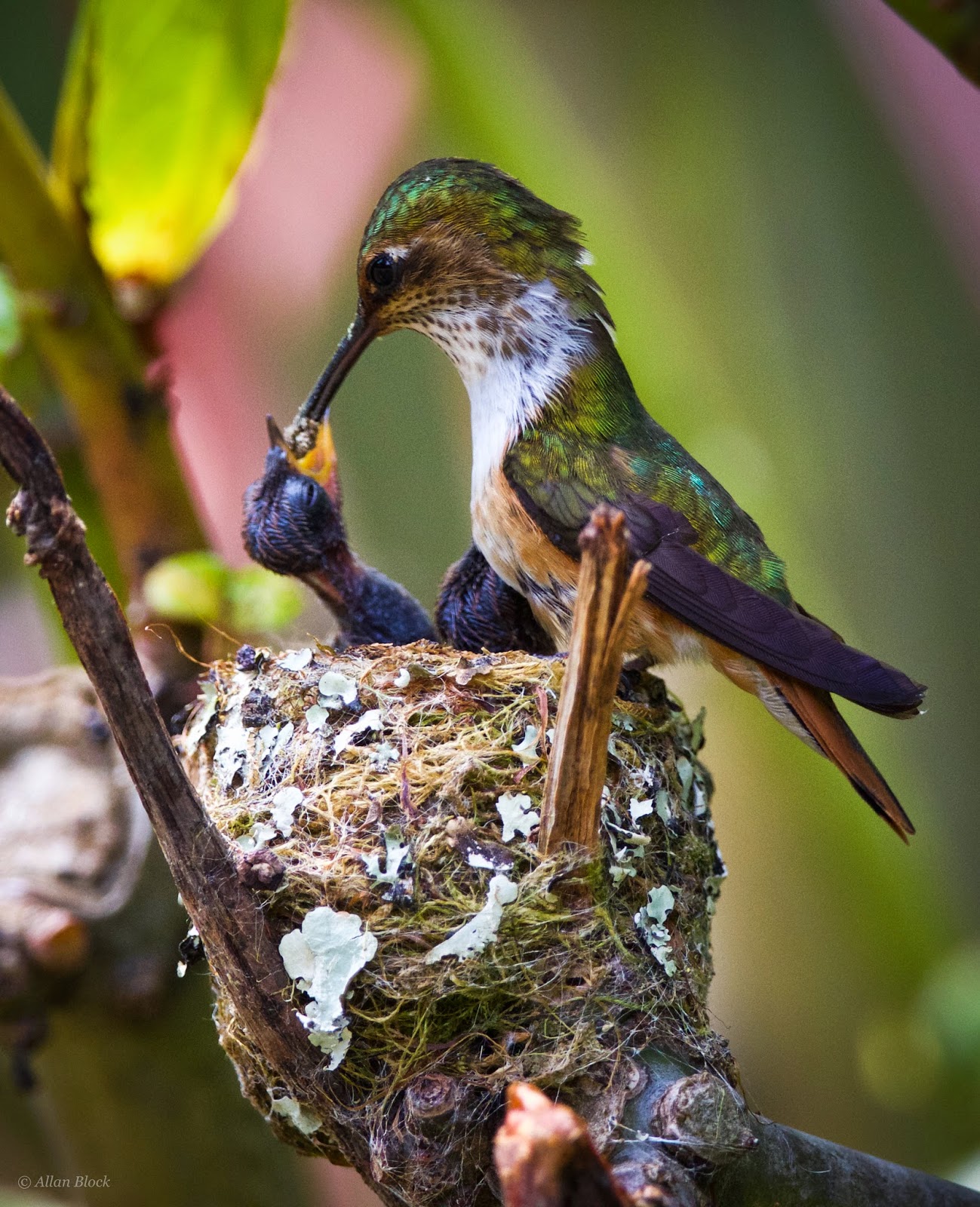Encountering the delicate and effervescent world of hummingbird babies is nothing short of a mood-boosting experience. Their minuscule stature and vibrant personalities can illuminate even the dullest of days. These avian infants are not just a marvel of nature; they embody resilience, vitality, and the intricate tapestry of life. In this article, we will delve into the fascinating world of hummingbird babies, exploring their development, unique survival strategies, and the profound ecological role they play.
Hummingbirds, belonging to the family Trochilidae, are renowned for their remarkable flying abilities and iridescent feathers. But behind their vibrant exteriors, there exists a tender narrative revolving around their offspring. Upon hatching, hummingbird chicks are rather helpless. They emerge from their eggs—each no larger than a pea—emaciated and entirely dependent on their devoted mothers. The first few weeks of their existence are a flurry of growth and learning, encapsulated in a short but significant lifecycle.
The gestation period for hummingbirds is approximately two weeks. During this time, the female meticulously constructs a nest, often crafted from natural elements like plant fibers, spider silk, and leaves, providing a safe haven for her soon-to-hatch progeny. This nesting behavior is a true testament to the hummingbird’s adaptability and meticulousness. The location of the nest is equally important; it’s typically situated in concealed spots, minimizing vulnerability to predators.
Upon hatching, the chicks weigh a mere fraction of an ounce. Their eyes are closed, and they are completely devoid of feathers, appearing almost alien in their fragility. In this initial stage, the chicks rely heavily on their mother’s unwavering dedication. She performs an incredible feat, regurgitating nutrient-rich food to fuel the rapid growth of her hatchlings. The diet primarily consists of nectar interspersed with insects and arachnids, ensuring a balanced intake of carbohydrates and proteins necessary for their development.
The growth rate of hummingbird chicks is astonishing. Within a mere three weeks, they can transform from helpless hatchlings to audacious fledglings. During this period, they undergo significant physiological changes, including a remarkable feathering process. The development of their plumage is critical for flying, which is an essential adaptation for their survival and success in the wild. Each feather is an intricate structure, crafted for speed and agility, enabling them to navigate their environment with unparalleled finesse.
As the young hummingbirds approach fledging, they begin to exhibit exploratory behaviors, flapping their wings and developing muscle strength in preparation for their inaugural flight. The fledging process is a pivotal moment, laden with both excitement and trepidation. The mother’s role morphs during this phase; she must encourage independence while ensuring safety. Observing this transition brings a unique sense of joy and fulfillment, highlighting the intricate bond between mother and chick.
The moment a fledgling takes to the sky for the first time is truly exhilarating. This act not only signifies their readiness for independence but also serves as a poignant reminder of life’s cyclical nature. The once helpless babies transform into agile beings, capable of navigating the world with dexterity. Their vibrant plumage becomes a beacon of their successful transition, showcasing the stunning hues that will continue to dazzle observers for years to come.
Hummingbirds also play a crucial ecological role as pollinators. The interaction between these birds and flowering plants is symbiotic and vital for the health of various ecosystems. As hummingbirds flit from blossom to blossom, they inadvertently transfer pollen, ensuring the propagation of countless plant species. This act solidifies their importance in maintaining the biodiversity of their habitats. Understanding this relationship can elevate the appreciation for hummingbird babies, as they symbolize not just individual life but the interconnectedness of an entire ecosystem.
Moreover, observing the life cycle of hummingbird babies can serve as an antidote to the rapid pace of modern life. In an age inundated with digital distractions, witnessing the tender moments of these avian wonders can ground us amidst the noise. The simplicity of nature’s rhythms offers solace, reminding us of the beauty of creation and the importance of nurturing the delicate threads of life. Each tiny flutter and chirp can instigate a profound emotional response, reinforcing our connection to the natural world.
Ultimately, the journey of hummingbird babies is a captivating saga of growth, resilience, and ecological significance. From their initial vulnerability to their eventual transformation into remarkable flyers, these tiny creatures encapsulate the essence of life. By immersing ourselves in their story, we not only enrich our understanding of avian biology but also cultivate a deeper appreciation for the natural world. Engaging with this enchanting narrative can be a potent mood booster, providing insight and inspiration as we navigate our own journeys through the seasons of life.
As we continue to observe the remarkable journey of hummingbird babies, let us cherish the lessons they impart. Their existence serves as a testament to the wonders of nature and the intricate web of life we all share. In every fleeting moment and tiny heartbeat, there lies an opportunity for joy, reflection, and a renewed sense of connection to our environment.









Leave a Comment